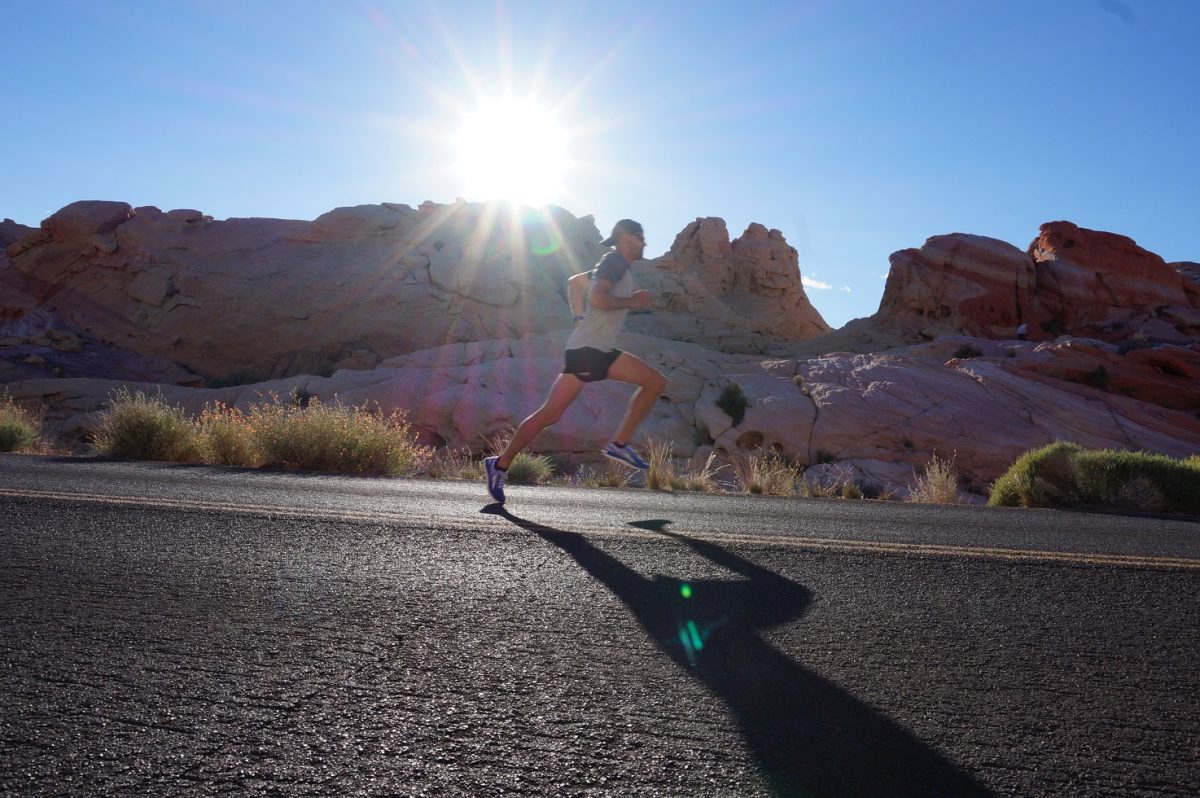Most dedicated athletes have to deal with training in the heat at some point during the year. Some athletes love it and others hate it, but no matter how you feel about the heat, it will affect you and your training. Here are the most notable effects of training in the heat and how you can get the most out of your training in high temperatures.
Physiological Effects of Heat Training
You may have heard that Heat is the poor mans altitude but could heat really have comparable benefits to altitude training? Well, while there is not enough conclusive evidence to say for sure, there have been a number of studies that showed some promising results.
The following effects have been noted on athletes who underwent heat acclimation training (trained specifically in high temperatures for a defined period of time):
- Decrease in skin temperature
- Decrease in heart rate
- Increase in sweat volume
- Decrease in sweat sodium concentration
- Increase in plasma volume
- Reduced oxygen uptake and blood lactate at a given level
- Increased skeletal muscle force Generation
However the following negative effects during heat training have also been observed in studies:
- Increased risk of dehydration
- Reduced maximal metabolic rate
- Increased difficulty maintaining adequate cardiac output
What does this mean for my training?
Try to acclimate to the heat. Most studies of heat training indicated that heat acclimation occurs best when it is done consistently for a long time. But you may also be able to effectively acclimate with five sessions of 60 minutes each to see the effects.
If you are training for a race in a hot climate it is clear that training in high temperatures will increase you heat acclimatization and improve your performance in high temperatures. If this is the case you should definitely consider putting some training in during the hottest parts of the day.
There is growing evidence it can also increase your performance in colder temperatures and overall but here you need to be more careful. The negative physiological effects listed above create a significant risk that your training ends up harder than it should be.
For example, an easy day effort could be more difficult and end up having the recovery effect more like a hard day. Then on the upcoming harder session your performance may be negatively impacted. 2PEAK’s intelligent training software will help by modifying your training if this is the case but you do not want to miss out on the benefits of a periodized training plan because of the heat.
Tips for the Heat
The most important item for training in the heat is hydration. Hydrate hydrate hydrate! The increased temperature and sweat volume not only in training but throughout the day, means you will need to drink more. It has been show over and over again that this is not only important for training and performance but also overall health.
Listen to your body and if you are struggling to much in the heat, do what you can to stay cool. If you live in a extremely hot environment, do your sessions early at the coolest parts of the day. Organize your route in areas protected by the shade like in the forest. But most importantly, do not let the heat prevent you from getting a training session in.
